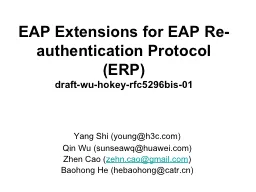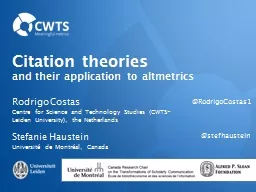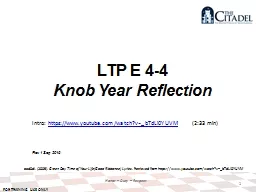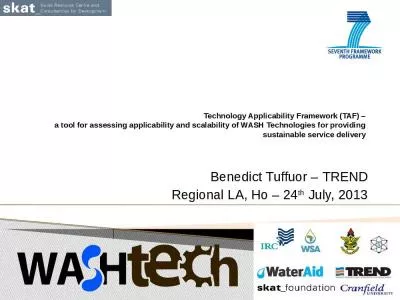PPT-EAP Applicability
Author : jane-oiler | Published Date : 2017-12-10
IETF86 Joe Salowey Open Issues Open Issues with Retransmission and reauthentication Remove text about lack of differentiation in Network Access Proposed Retransmission
Presentation Embed Code
Download Presentation
Download Presentation The PPT/PDF document "EAP Applicability" is the property of its rightful owner. Permission is granted to download and print the materials on this website for personal, non-commercial use only, and to display it on your personal computer provided you do not modify the materials and that you retain all copyright notices contained in the materials. By downloading content from our website, you accept the terms of this agreement.
EAP Applicability: Transcript
Download Rules Of Document
"EAP Applicability"The content belongs to its owner. You may download and print it for personal use, without modification, and keep all copyright notices. By downloading, you agree to these terms.
Related Documents














